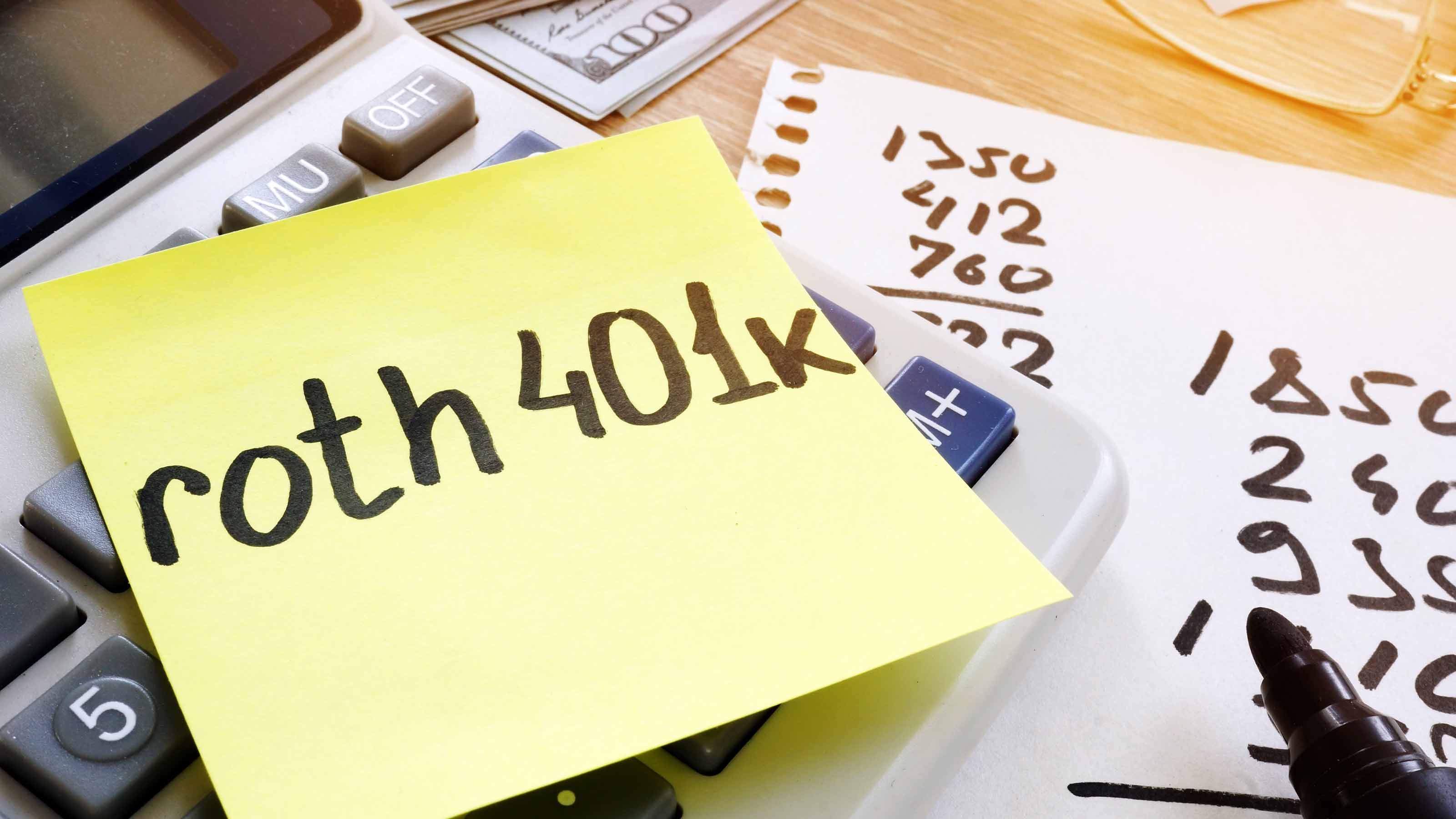Skip TIPS for Now
Income investors should look at mortgage securities and corporate and emerging-markets bonds.

When is the best time to buy Treasury inflation-protected securities: when inflation is low, as it is now, or when it's high, as it may be in a few years as a result of soaring commodity prices and the Federal Reserve printing money to boost economic growth? -- Dean Eiteman, Indiana, Pa.
TIPS are not especially attractive right now, but that has little to do with the inflation rate, either now or in the future.
TIPS are backed by Uncle Sam and offer a guaranteed return above the inflation rate. The bonds pay interest twice a year at a fixed rate. The principal, or face value, rises with inflation and declines in the rare event that consumer prices fall. When TIPS mature, holders receive an amount that has been adjusted for changes in consumer prices, but never less than they paid.
From just $107.88 $24.99 for Kiplinger Personal Finance
Become a smarter, better informed investor. Subscribe from just $107.88 $24.99, plus get up to 4 Special Issues

Sign up for Kiplinger’s Free Newsletters
Profit and prosper with the best of expert advice on investing, taxes, retirement, personal finance and more - straight to your e-mail.
Profit and prosper with the best of expert advice - straight to your e-mail.
As of early February, if you bought TIPS maturing in ten years, for example, you'd be guaranteed a return of 1.1% plus whatever inflation there was over the bond's holding period. Is that a good deal? Not in the view of Robert Tipp, chief strategist for Prudential's fixed-income money-management unit. He says that income investors should look at mortgage securities and corporate bonds (both investment-grade and junk) and emerging-markets bonds. "They offer a huge yield advantage over what Treasuries are likely to return," says Tipp.
Another way to analyze TIPS is to study the "break even" inflation rate relative to standard Treasury bonds. In early February, regular ten-year Treasuries yielded 3.4%. So the break-even rate would be 2.3% (3.4% minus 1.1%). If annual inflation averages more than 2.3% over the next ten years, you're better off owning TIPS. If inflation runs less than 2.3%, you're better off owning regular Treasuries.
All of that assumes you plan to buy TIPS directly. If you buy them through a mutual fund or an exchange-traded fund, you take on additional risk because funds trade TIPS, and TIPS behave like bonds -- they typically lose value when interest rates rise, and they gain when rates fall. In the four-month period from October 2010 through January 2011, during which Treasury- bond yields rose one percentage point, the average inflation-protected fund lost 0.6% (keep in mind that not all of these funds invest solely in TIPS). The worst performer, according to Morningstar, was Pimco Real Return Asset Fund P (symbol PRTPX), which lost 6.3%. Vanguard Inflation-Protected Securities (VIPSX), a member of the Kiplinger 25, surrendered 0.7%.
Tax break for serial refinancers
I refinanced my mortgage in 2010 -- the second time in five years -- to take advantage of low interest rates. Can I deduct any of the refinancing costs on my taxes? -- J.K., Portland, Ore.
Serial refinancers like you get an additional -- and frequently overlooked -- tax break on top of the usual mortgage-interest and property-tax deductions. Different rules apply to home buyers and refinancers: Buyers can deduct the points they pay to get a mortgage in the year they buy a home, even if the seller paid the points (a point is equal to 1% of the loan). Refinancers can also deduct points paid for a mortgage, but normally the deduction must be spread over the life of the loan. So if you took out a $250,000, 30-year mortgage and paid two points ($5,000 in this example), you could deduct just $166.67 per year for 30 years.
But if you refinance again, you can generally deduct all of the remaining points on the previous mortgage in the year you pay off that loan. If you had already deducted $500 of the $5,000 you paid in points, for example, you could write off the remaining $4,500 balance in the year you refinance. There is one exception: If you refinance with the same lender, you must deduct the remaining points over the life of the new loan. For more information, see IRS Publication 530, Tax Information for Homeowners.
Back-door Roth IRA
My wife and I both max out our 401(k) contributions. With a combined income of more than $200,000, we are not eligible to contribute to a Roth IRA. Are there alternative tax-deferred or tax-free investment options for someone in our tax bracket? -- B.V., Columbus, Ohio
Although you earn too much to contribute to a Roth IRA, there are no income limitations on converting a traditional IRA to a Roth IRA. You have until April 18, 2011, to contribute up to $5,000 each to a traditional IRA for 2010 ($6,000 each if you and your wife are age 50 or older). Then you can convert your nondeductible IRA contribution to a Roth IRA.
If that after-tax contribution represents your only IRA money, then you won't owe any taxes when you convert to a Roth IRA. The calculation gets trickier if some of your IRA money (whether in the same account or spread over separate IRAs) also contains tax-deductible contributions. In that case, the tax-free portion of the conversion is based on the ratio of nondeductible contributions to the total balance in all of your traditional IRAs. For example, if your total IRA balance is $100,000 and $20,000 comes from nondeductible contributions, then only 20% of the conversion would be tax-free. The rest would be taxed at your regular income tax rate.
But once the money is in the Roth, you'll be able to withdraw it tax-free in retirement without being subject to required minimum distributions at age 70 1/2. Your heirs will thank you, too. Any money remaining in your Roth IRA will pass to your heirs tax-free.
My thanks to Jennifer Schonberger for her help this month.
Profit and prosper with the best of Kiplinger's advice on investing, taxes, retirement, personal finance and much more. Delivered daily. Enter your email in the box and click Sign Me Up.

As the "Ask Kim" columnist for Kiplinger's Personal Finance, Lankford receives hundreds of personal finance questions from readers every month. She is the author of Rescue Your Financial Life (McGraw-Hill, 2003), The Insurance Maze: How You Can Save Money on Insurance -- and Still Get the Coverage You Need (Kaplan, 2006), Kiplinger's Ask Kim for Money Smart Solutions (Kaplan, 2007) and The Kiplinger/BBB Personal Finance Guide for Military Families. She is frequently featured as a financial expert on television and radio, including NBC's Today Show, CNN, CNBC and National Public Radio.
-
 Holiday Tax Scams: 'Tis the Season to be Wary
Holiday Tax Scams: 'Tis the Season to be WaryTax Scams Navigating tax tricks of the holiday season may be daunting, but don't let that destroy your festive spirit
-
 Metro by T-Mobile Is Giving Away This Samsung Galaxy A16: Which Plans Are Eligible?
Metro by T-Mobile Is Giving Away This Samsung Galaxy A16: Which Plans Are Eligible?Metro by T-Mobile is offering free Samsung Galaxy A16 phones on eligible plans right now. Here’s how the deal works.
-
 I Drive and Collect Classic Cars: Here’s How I Got Started
I Drive and Collect Classic Cars: Here’s How I Got StartedAre classic cars a hobby or an investment strategy — or both? Either way, the vintage car scene is much cooler and more affordable than you think.
-
 457 Plan Contribution Limits for 2026
457 Plan Contribution Limits for 2026Retirement plans There are higher 457 plan contribution limits in 2026. That's good news for state and local government employees.
-
 Medicare Basics: 12 Things You Need to Know
Medicare Basics: 12 Things You Need to KnowMedicare There's Medicare Part A, Part B, Part D, Medigap plans, Medicare Advantage plans and so on. We sort out the confusion about signing up for Medicare — and much more.
-
 The Seven Worst Assets to Leave Your Kids or Grandkids
The Seven Worst Assets to Leave Your Kids or Grandkidsinheritance Leaving these assets to your loved ones may be more trouble than it’s worth. Here's how to avoid adding to their grief after you're gone.
-
 SEP IRA Contribution Limits for 2026
SEP IRA Contribution Limits for 2026SEP IRA A good option for small business owners, SEP IRAs allow individual annual contributions of as much as $70,000 in 2025, and up to $72,000 in 2026.
-
 Roth IRA Contribution Limits for 2026
Roth IRA Contribution Limits for 2026Roth IRAs Roth IRAs allow you to save for retirement with after-tax dollars while you're working, and then withdraw those contributions and earnings tax-free when you retire. Here's a look at 2026 limits and income-based phaseouts.
-
 SIMPLE IRA Contribution Limits for 2026
SIMPLE IRA Contribution Limits for 2026simple IRA For 2026, the SIMPLE IRA contribution limit rises to $17,000, with a $4,000 catch-up for those 50 and over, totaling $21,000.
-
 457 Contribution Limits for 2024
457 Contribution Limits for 2024retirement plans State and local government workers can contribute more to their 457 plans in 2024 than in 2023.
-
 Roth 401(k) Contribution Limits for 2026
Roth 401(k) Contribution Limits for 2026retirement plans The Roth 401(k) contribution limit for 2026 has increased, and workers who are 50 and older can save even more.